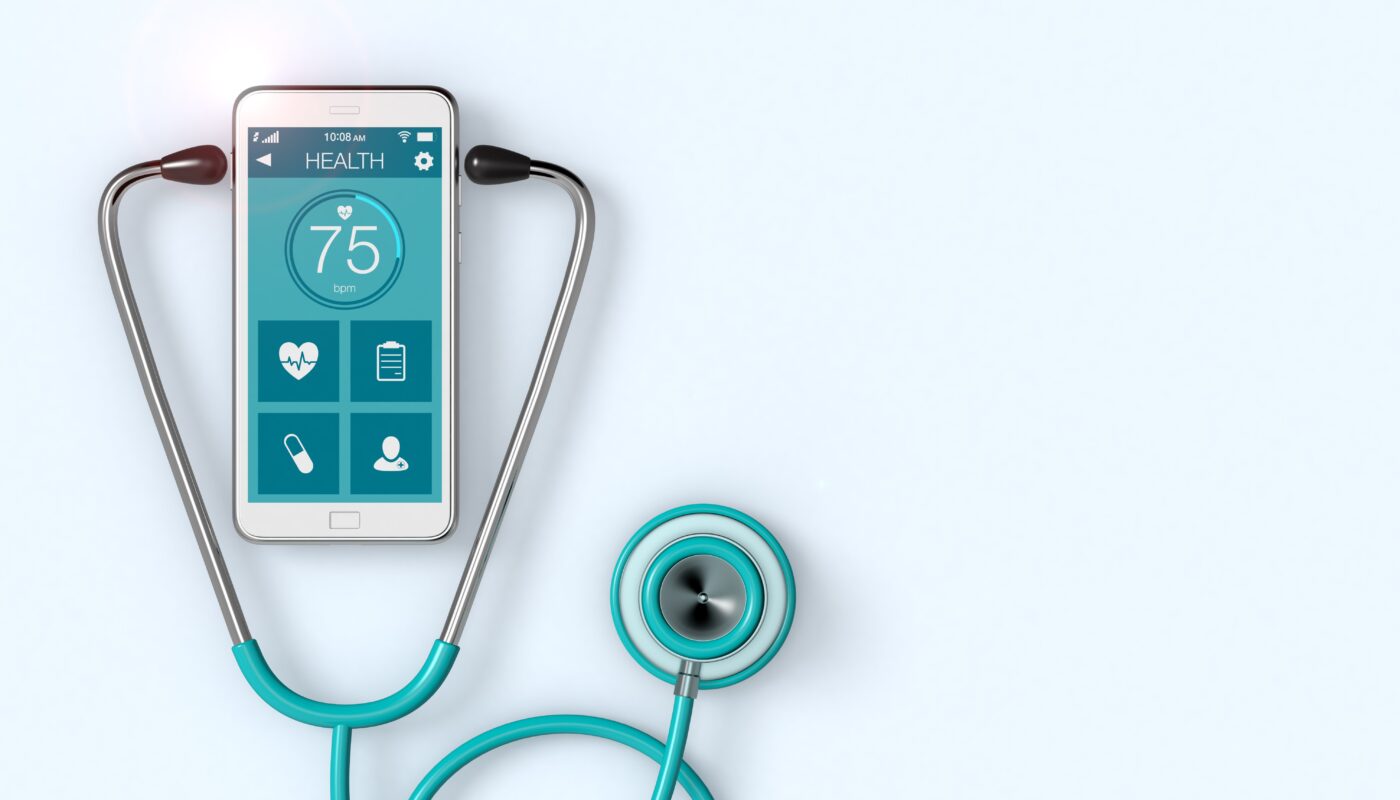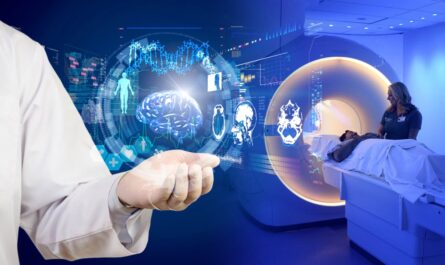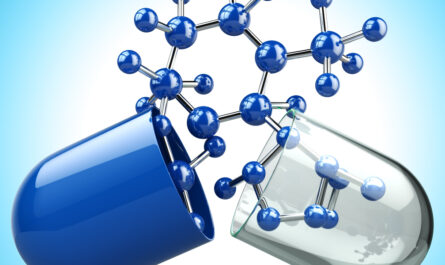The stethoscope has been an indispensable medical device for physicians since its invention over 200 years ago. However, the traditional acoustic stethoscope has its limitations in how sounds are heard and analyzed. Increasingly, digital stethoscopes are becoming popular in the medical field as they overcome many of the shortcomings of conventional stethoscopes. Let’s examine in detail what digital stethoscopes are, the advantages they provide, and how they are changing medical diagnosis.
What is a Digital Stethoscope?
A digital stethoscope works similar to a traditional acoustic stethoscope but instead of transmitting heart and lung sounds directly into the ears of the physician, it converts the analog sounds into digital signals. These digital signals are then processed and analyzed by a small computer within the stethoscope. The processed sounds can then be played back through headphones or saved and re-played later.
Some key components of a digital stethoscope include:
Built-in microphones that pick up sounds from the chestpiece
An analog-to-digital converter that transforms sound waves into digital signals
Onboard processor and memory to analyze and store the digitized sounds
Wireless or wired connectivity to transfer audio files to computers or smartphones
Rechargeable batteries to power the electronics
Software for audio playback, filtering, and analysis
Advantages over Acoustic Stethoscopes
Enhanced sound quality
Digital Stethoscopes are able to amplify sounds up to 40x more than acoustic scopes. This makes softer sounds like heart murmurs much clearer. The sound can also be adjusted and filtered digitally.
Recording and storage capabilities
Physicians can record patient exams and playback later for comparison, consultation or teaching purposes. Recordings can also be saved in patient files or electronic health records.
Waveform visualization
Some higher-end models display heart and lung sounds as visual waveforms on a computer. This aids in more precise auscultation.
Telemedicine applications
Recorded sounds and visualizations enable virtual consultations and remote diagnosis. Experts can listen to recordings from anywhere.
Objective quantitative data Parameters like heart rate can be measured automatically. AI and machine learning algorithms can also analyze sounds for anomalies.
Compatibility with smartphones and computers
Audio files can be wirelessly transferred to laptops and mobile devices for storage, sharing and augmented data analysis capabilities.
Wider adoption in hospitals and clinics
Given these advantages, digital stethoscopes are gradually replacing acoustic ones in many healthcare facilities.
Changing Medical Diagnosis
The digitization of medical examination sounds through digital stethoscopes is helping drive significant changes in how physicians diagnose and treat patients:
More accurate auscultation
Clearer, amplified and visualized sounds result in more reliable physical assessments compared to acoustic scopes. Early detection of heart murmurs etc is improved.
Longitudinal comparison
Having recorded history of exams allows comparing present sounds to previous ones, aiding in tracking progress or deterioration of cardiac/lung conditions over time.
Teleguidance and second opinions
Rural primary care doctors can get expert guidance in real-time by sharing recordings. Remote specialists can listen-in to examine patients in remote areas.
Data integration with EHRs
Recordings become part of patient’s permanent digital file, accessible by any specialist. AI/analytics can also uncover trends in populations.
Augmented diagnostics
Sounds coupled with additional health data like vitals, lab results etc provide physicians a more holistic view for diagnosis and treatment planning.
Remote monitoring and telehealth
Patients can record sounds at home using mobile devices and share with doctors. This facilitates virtual consultations and remote monitoring of chronic conditions.
Artificial intelligence applications
Machine learning on large pools of sound recordings can help uncover subtle patterns and automatically flag anomalies for physicians to review.
Digital stethoscopes represent the digital transformation of a 200 year old medical device. By overcoming issues with acoustic scopes and leveraging modern technologies, digital variants are enhancing physical examination, data analysis capabilities and care delivery mechanisms. As adoption increases, digital stethoscopes have the potential to revolutionize medical diagnosis and management of patients worldwide. The future of auscultation lies in progressive digitization.
*Note:
1. Source: Coherent Market Insights, Public sources, Desk research
2. We have leveraged AI tools to mine information and compile it




